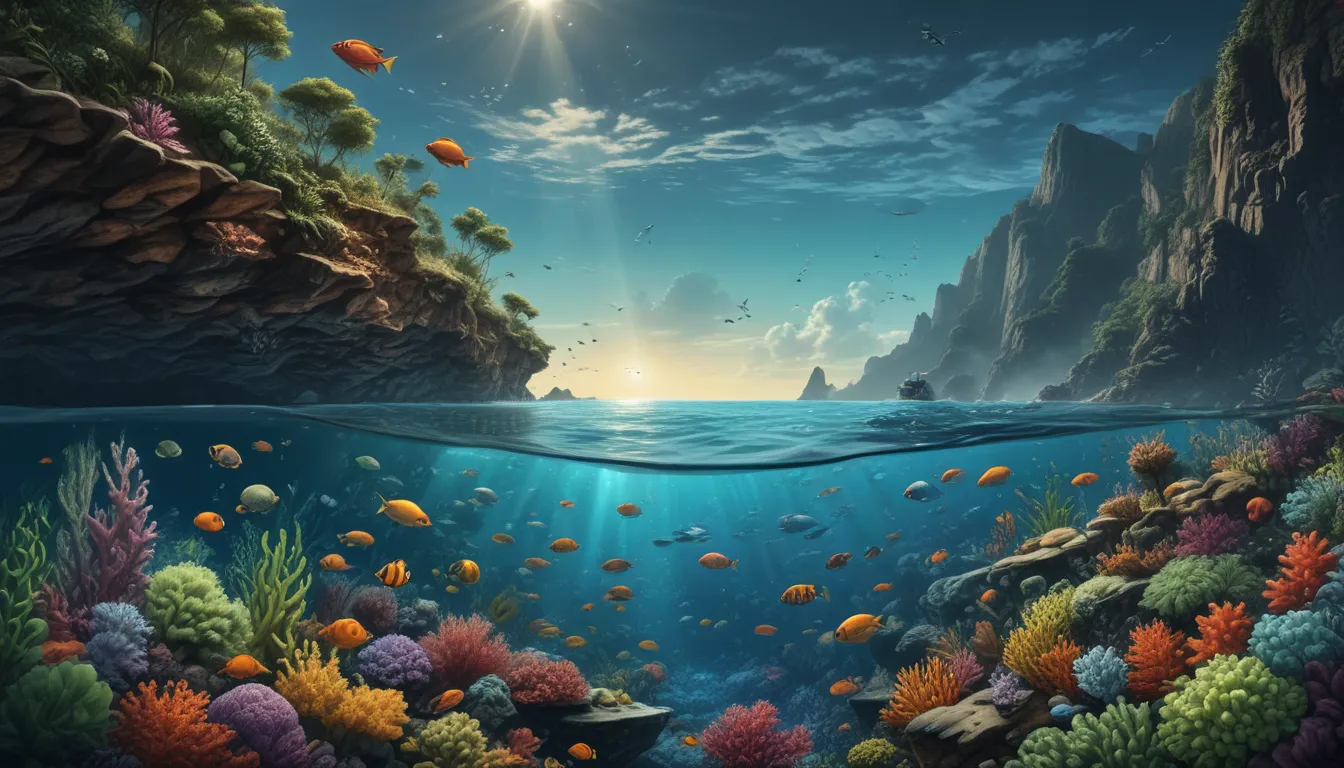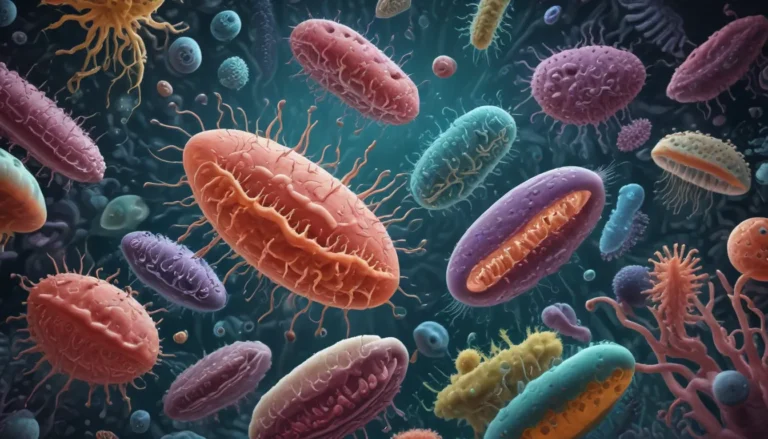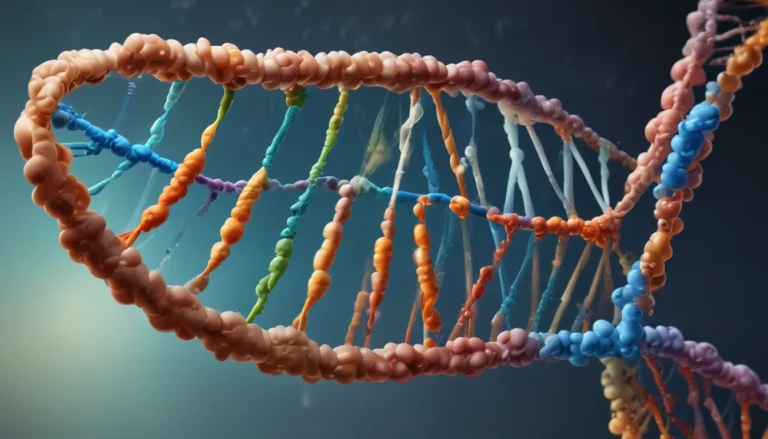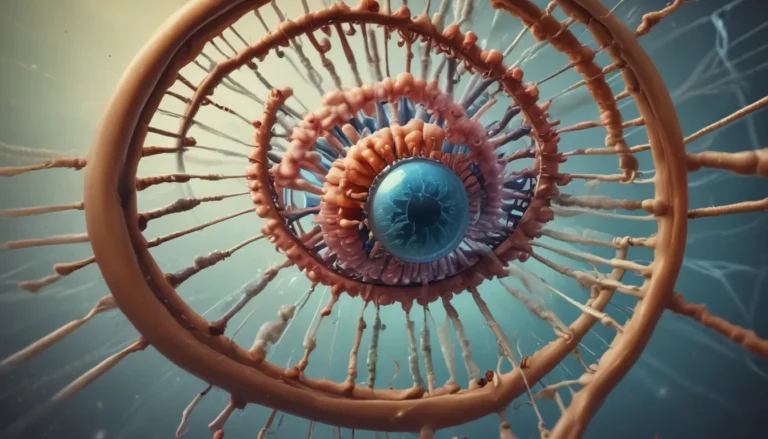A Note About Images: The images used in our articles are for illustration purposes only and may not exactly match the content. They are meant to engage readers, but the text should be relied upon for accurate information.
Ocean acidification is a critical environmental issue that often flies under the radar when we discuss climate change. As carbon dioxide levels in our atmosphere rise, our oceans absorb more of this gas, leading to a decrease in seawater pH levels. This process, known as ocean acidification, has far-reaching consequences for marine ecosystems and, ultimately, for all life on Earth.
In this article, we’ll explore ten crucial facts about ocean acidification that highlight the urgency of this problem. From its causes to its impacts on marine life and human communities, understanding these facts is essential for anyone concerned about the health of our planet’s oceans and the future of our environment.
1. The Basic Chemistry of Ocean Acidification
Ocean acidification occurs when carbon dioxide (CO2) from the atmosphere dissolves in seawater. This triggers a chemical reaction that increases the acidity of the ocean over time. Here’s a simple breakdown of the process:
- CO2 + H2O → H2CO3 (carbonic acid)
- H2CO3 → H+ + HCO3- (hydrogen ions and bicarbonate)
The increase in hydrogen ions is what makes the water more acidic. Since the Industrial Revolution began over 200 years ago, our oceans have absorbed about one-third of all CO2 released from fossil fuel burning. This has led to a 30% increase in the average acidity of seawater – a significant change in a relatively short period.
2. The Rate of Change is Unprecedented
One of the most alarming aspects of ocean acidification is the speed at which it’s occurring. The last time the ocean pH was as low as scientists predict it will be by the end of this century was 14 to 17 million years ago. The Earth was a very different place then, with drastically different ecosystems and climate patterns.
The rapid pace of change gives marine organisms little time to adapt, which could lead to significant disruptions in ocean ecosystems. This unprecedented rate of acidification is a direct result of human activities, primarily the burning of fossil fuels and deforestation.
3. Impact on Shellfish and Coral Reefs
Ocean acidification poses a severe threat to calcifying organisms like shellfish and coral reefs. These creatures rely on calcium carbonate to build their shells and skeletal structures. As the ocean becomes more acidic, it becomes harder for these organisms to form and maintain their protective structures.
- Shellfish: Mussels, clams, and oysters are particularly vulnerable. In highly acidic conditions, their shells can even begin to dissolve.
- Coral Reefs: Australia’s Great Barrier Reef has shown a 14% decline in calcification since 1990, partly due to acidification.
This impact on shellfish and coral reefs has far-reaching consequences, as these organisms play crucial roles in marine ecosystems and provide habitats for countless other species.
4. Disruption of Marine Food Webs
The effects of ocean acidification ripple through entire marine food webs. As calcifying organisms struggle, the species that depend on them for food or habitat also suffer. This can lead to a cascade of effects throughout the ecosystem.
For example, many fish species rely on coral reefs for shelter and feeding grounds. As reefs decline due to acidification, these fish populations may also decrease, affecting larger predators and ultimately impacting human fisheries.
5. Behavioral Changes in Marine Life
Ocean acidification doesn’t just affect the physical structures of marine organisms; it can also alter their behavior. Research has shown that increased CO2 levels can impair the sense of smell in some fish species, affecting their ability to:
- Locate food
- Avoid predators
- Navigate their environments
These behavioral changes can have significant impacts on survival rates and population dynamics, further disrupting marine ecosystems.
6. The Arctic’s Unique Vulnerability
While ocean acidification is a global problem, some regions are more vulnerable than others. The Arctic Ocean is particularly susceptible due to its ability to absorb more CO2. This is because CO2 dissolves more readily in cold water.
As a result, Arctic marine life faces a double threat: rapidly warming waters due to climate change and faster-than-average acidification. This puts unique Arctic ecosystems at severe risk and could have far-reaching consequences for global ocean currents and climate patterns.
7. Economic Impacts on Coastal Communities
Ocean acidification isn’t just an environmental issue; it also has significant economic implications, particularly for coastal communities that rely on the ocean for their livelihoods. The U.S. shellfish industry, for example, provides employment to thousands and generates millions in revenue annually.
If ocean acidification continues unchecked, it’s estimated that the U.S. shellfish industry could lose more than $400 million annually by 2100. This economic impact extends beyond just the fishing industry, affecting tourism, recreation, and other ocean-dependent sectors.
8. The Role of Seagrasses in Mitigation
While the outlook may seem bleak, nature provides some hope in the form of seagrasses. These underwater plants play a vital role in mitigating ocean acidification by absorbing CO2 through photosynthesis.
Seagrass meadows can create localized areas of less acidic water, providing a refuge for vulnerable species. Protecting and restoring seagrass habitats could be an important strategy in combating the effects of ocean acidification.
9. The Global Carbon Cycle Connection
Ocean acidification is intimately connected to the global carbon cycle. The oceans have absorbed about 25% of all CO2 emitted by human activities since the Industrial Revolution. While this has slowed the pace of atmospheric warming, it has come at the cost of changing ocean chemistry.
Understanding this connection highlights the importance of addressing carbon emissions to combat both climate change and ocean acidification. It’s a stark reminder that our actions on land have profound impacts on our oceans.
10. Solutions and Hope for the Future
Despite the challenges posed by ocean acidification, there are reasons for hope. Scientists, policymakers, and communities are working on various solutions:
- Reducing carbon emissions through clean energy transitions and improved energy efficiency
- Protecting and restoring coastal ecosystems like seagrass meadows and mangroves
- Developing acidification-resistant strains of shellfish for aquaculture
- Implementing monitoring systems to help shellfish farmers adapt to changing conditions
By taking action on multiple fronts, we can work to slow the pace of ocean acidification and help marine ecosystems adapt to the changes already underway.
Conclusion
Ocean acidification is a complex and pressing environmental issue that demands our attention and action. From its impacts on marine life to its economic consequences for coastal communities, the effects of this “other CO2 problem” are far-reaching and significant.
By understanding these 10 facts about ocean acidification, we can better appreciate the urgency of addressing this issue. Whether through individual actions to reduce our carbon footprints or supporting policies that protect our oceans, each of us has a role to play in safeguarding the health of our planet’s waters for future generations.
FAQs
Q: What is the main cause of ocean acidification?
A: The primary cause of ocean acidification is the increased absorption of carbon dioxide (CO2) from the atmosphere into the ocean, primarily due to human activities like burning fossil fuels and deforestation.
Q: How does ocean acidification affect marine life?
A: Ocean acidification impacts marine life in several ways, including making it harder for shellfish and corals to build their shells and skeletons, altering the behavior of fish, and disrupting entire marine food webs.
Q: Can ocean acidification be reversed?
A: While it’s challenging to completely reverse ocean acidification, we can slow its progression by reducing carbon emissions and implementing strategies to protect and restore marine ecosystems.
Q: How does ocean acidification affect humans?
A: Ocean acidification impacts humans through its effects on fisheries and aquaculture, potentially reducing food security and economic opportunities for coastal communities. It also threatens the overall health of ocean ecosystems, which provide numerous benefits to humanity.
Q: What can individuals do to help combat ocean acidification?
A: Individuals can help by reducing their carbon footprint through actions like using renewable energy, supporting sustainable seafood practices, and advocating for policies that protect oceans and reduce carbon emissions.





